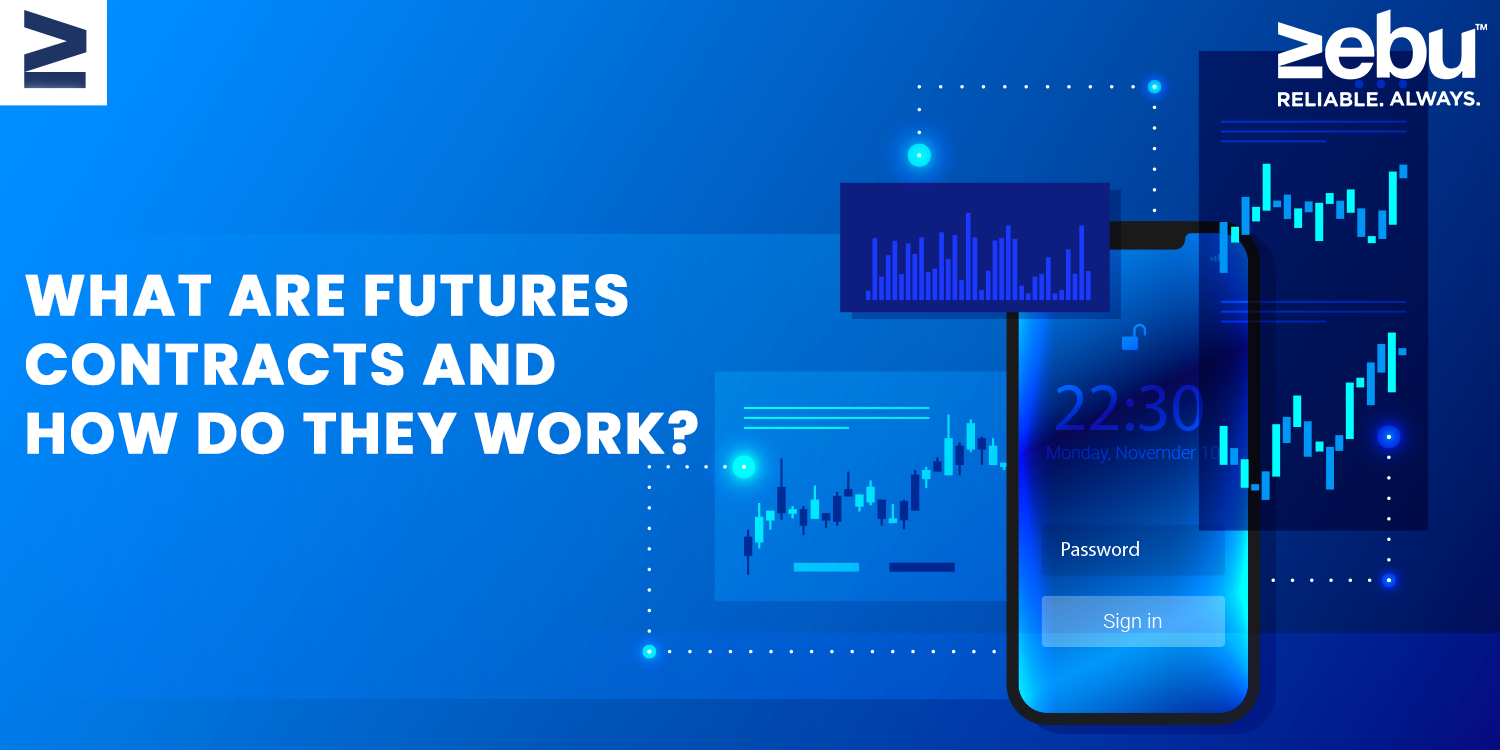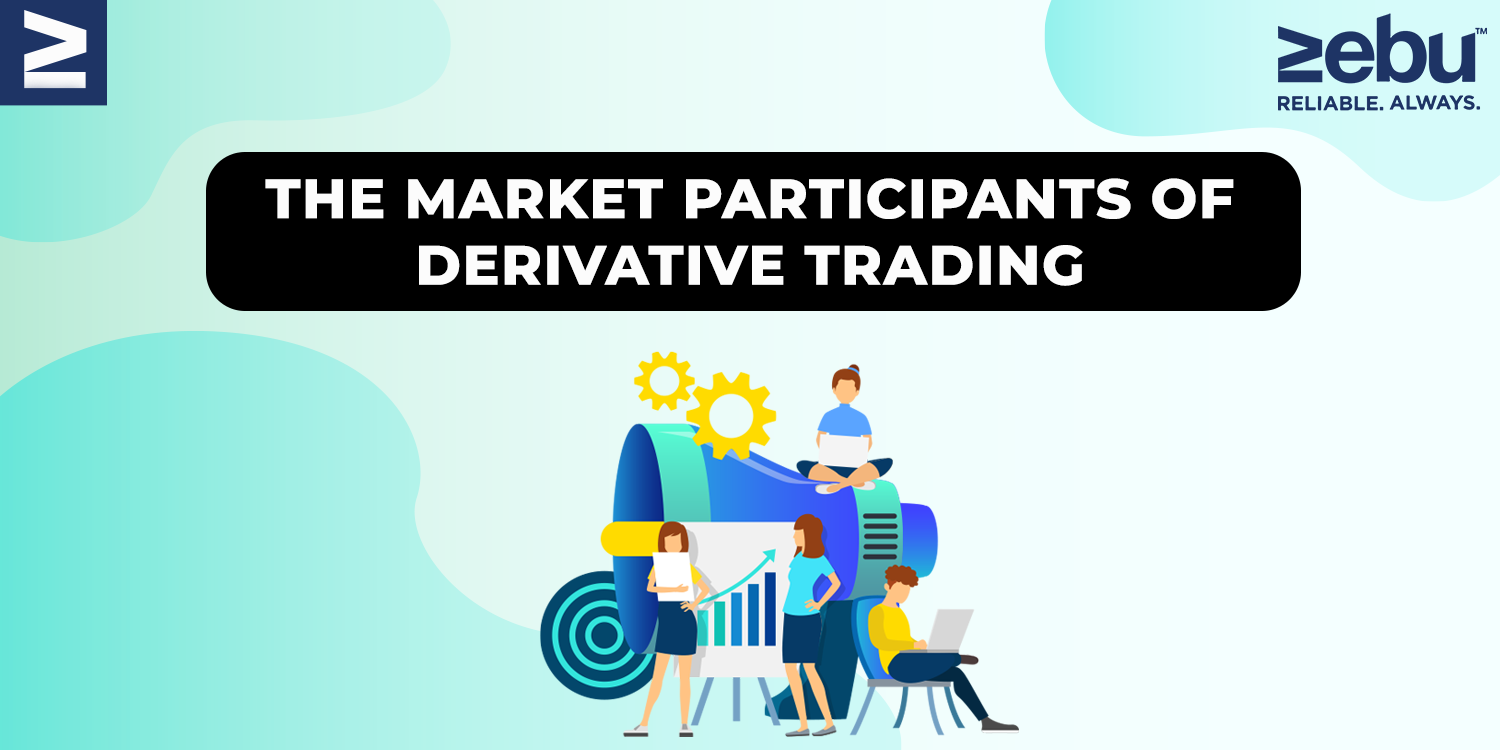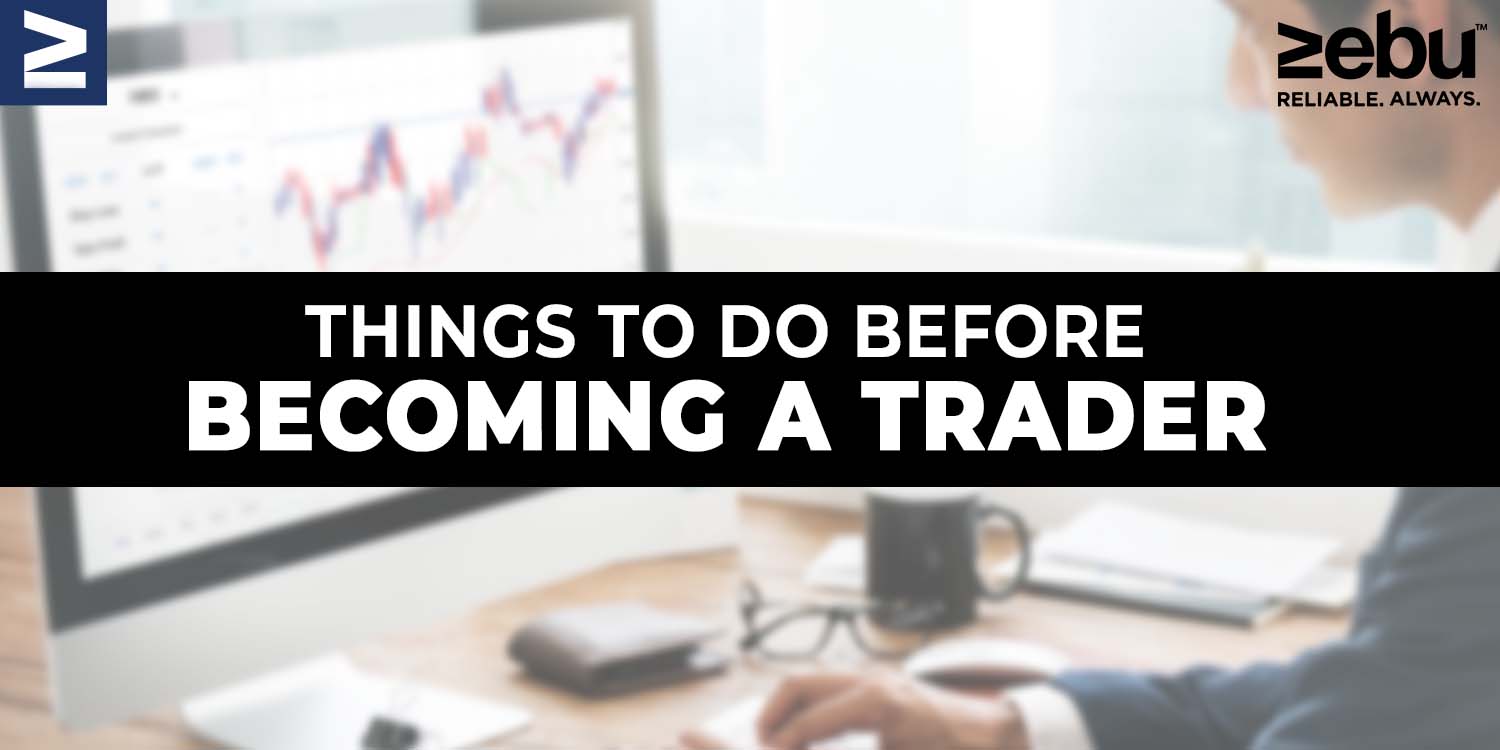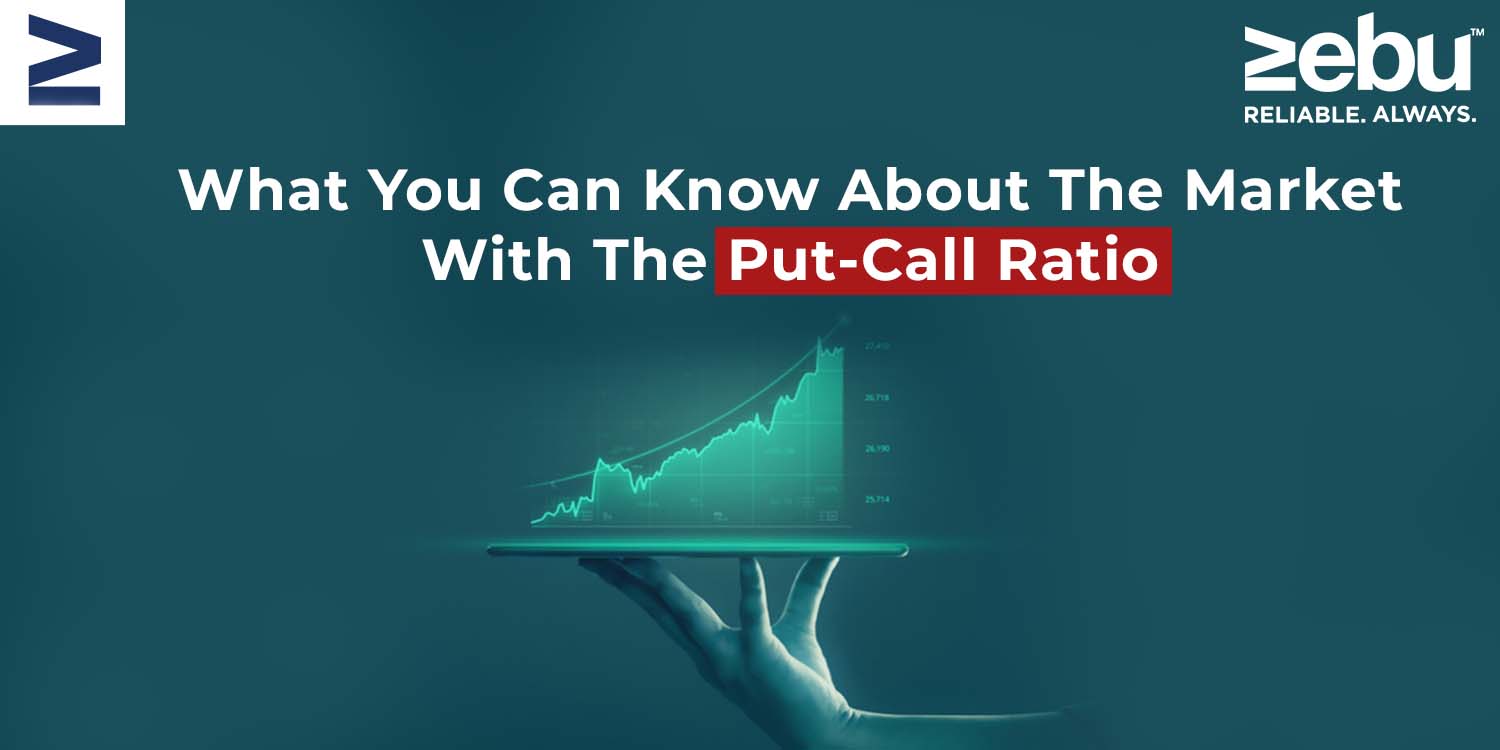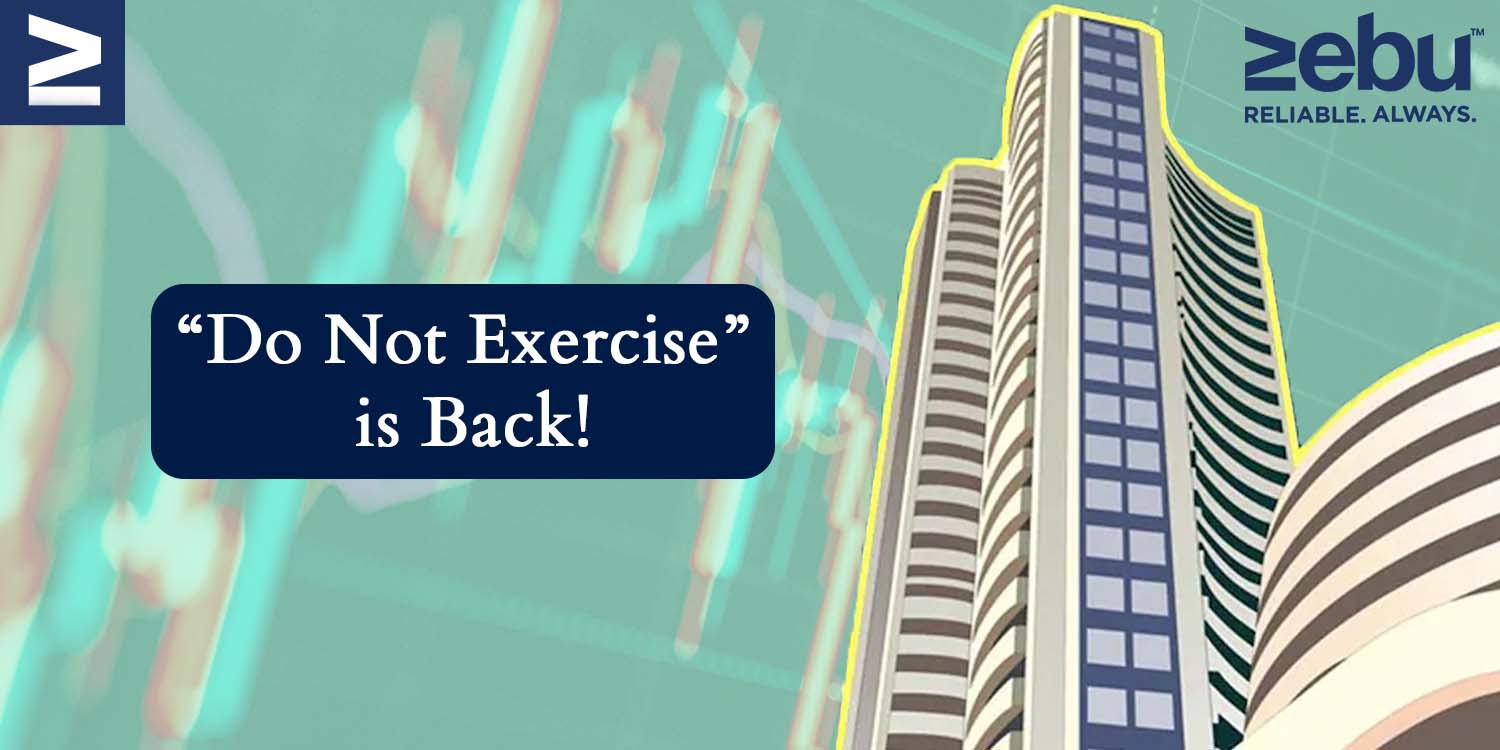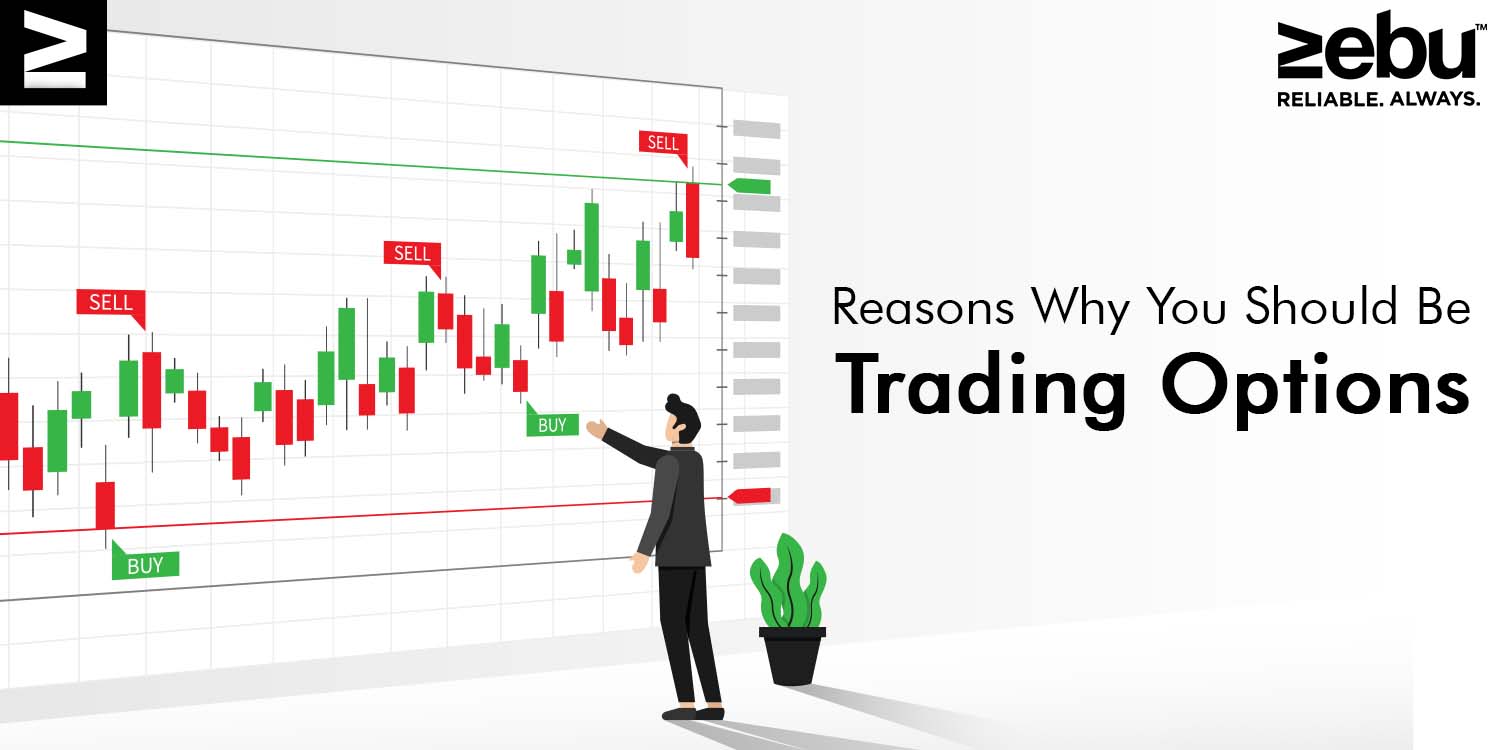
At least in India’s equities markets, options trading has clearly matured. In terms of daily volumes, options are not only liquid, but they are also many times larger than the cash and futures markets. We’ll look at the advantages of options trading, as well as the benefits of option trading for both buyers and sellers. Here’s a quick rundown of the advantages of trading options.
While Options Trading has multiple benefits, trading using Zebu’s online trading platforms has its own set of benefits. We offer the lowest brokerage on intraday trading and are one of the best share broking company so we can make your investment journey seamless.
Benefits of Options Trading
Hedging risk is possible with options trading. If you are buying stocks of a company and purchase a put option for the same underlying, for example, your risk is minimised. If you are long a stock at Rs. 1000 and buy a Rs. 900 put option at a premium of Rs.10, your maximum loss will be Rs.110. That is the strength of options, since no matter how low the price drops, you will only lose a set amount of money.
Options can assist you in lowering the cost of keeping a stock. For example, if you’re holding stock and the price isn’t changing, you can sell greater call options to earn the premium and lower your asset’s cost of ownership.
Options are far more cost-effective in terms of costs, which is one of the key advantages of options trading. The trader might establish an options position with a little margin because of options. For example, an investor must pay Rs.20,000 to purchase 100 shares of a stock at a price of Rs.200. However, if he purchased equal-weighted call options, the premium required would be roughly Rs 5,000.
Options have the potential to provide huge returns, or a multiplier effect. Here’s how to do it. If the strike is picked correctly, the option pays the same profit as straightforward stock buying. Because we are obtaining options at a lower margin while maintaining the same profitability, the percentage return would be significantly higher, at least in terms of ROI or return on investment.
One of the major benefits of options is that they allow for the systematic transfer of risk from someone who wants to remove risk for a fee to someone who is willing to take on that risk for a fee. One of the most significant advantages of options trading is that it provides a genuine secondary market for risk, which is what distinguishes the options market.
One of the most essential aspects of options is that they provide liquidity while also allowing price discovery in the underlying market. Options are a useful way of pricing complex risk characteristics, hence this is an important feature.
The fact that the options-related data usually works as a lead indication is a significant advantage of the options. Data points such as option strike accumulation, changes in options interest across strikes, and significant spikes in implied volatility in options, for example, are all crucial leading indications of the future shape.
Risks of Options Trading
There are five disadvantages to trading options in general, and these are the same whether you are a buyer or seller of options.
When naked options are sold, the potential losses might be enormous. As a result, vigilance is advised. Furthermore, even if you are buying options and frequently see your options expire worthless, it can reduce your trading capacity.
Options pricing, option valuations, options trading, and other complexities make this a difficult trading landscape. Many traders are unaware of the basic hurdles of options trading and are quick to jump in.
With Nifty or Bank Nifty options, or even very liquid stock options, liquidity may not be an issue. However, in mid-cap equities where options are authorised, liquidity is unquestionably a problem.
If you’re working on a complex strategy, costs will be multiplied. Then there are statutory charges, exchange costs, tax costs, and so on, all of which must be taken into account.
Time decay benefits the seller of the option but puts the buyer at risk because the option loses time to value with each passing day, even if the price isn’t changing much.
As we mentioned earlier, trading using Zebu’s online trading platform has its own set of benefits. We offer the lowest brokerage on intraday trading and are one of the best share broking company so we can make your investment journey seamless.
